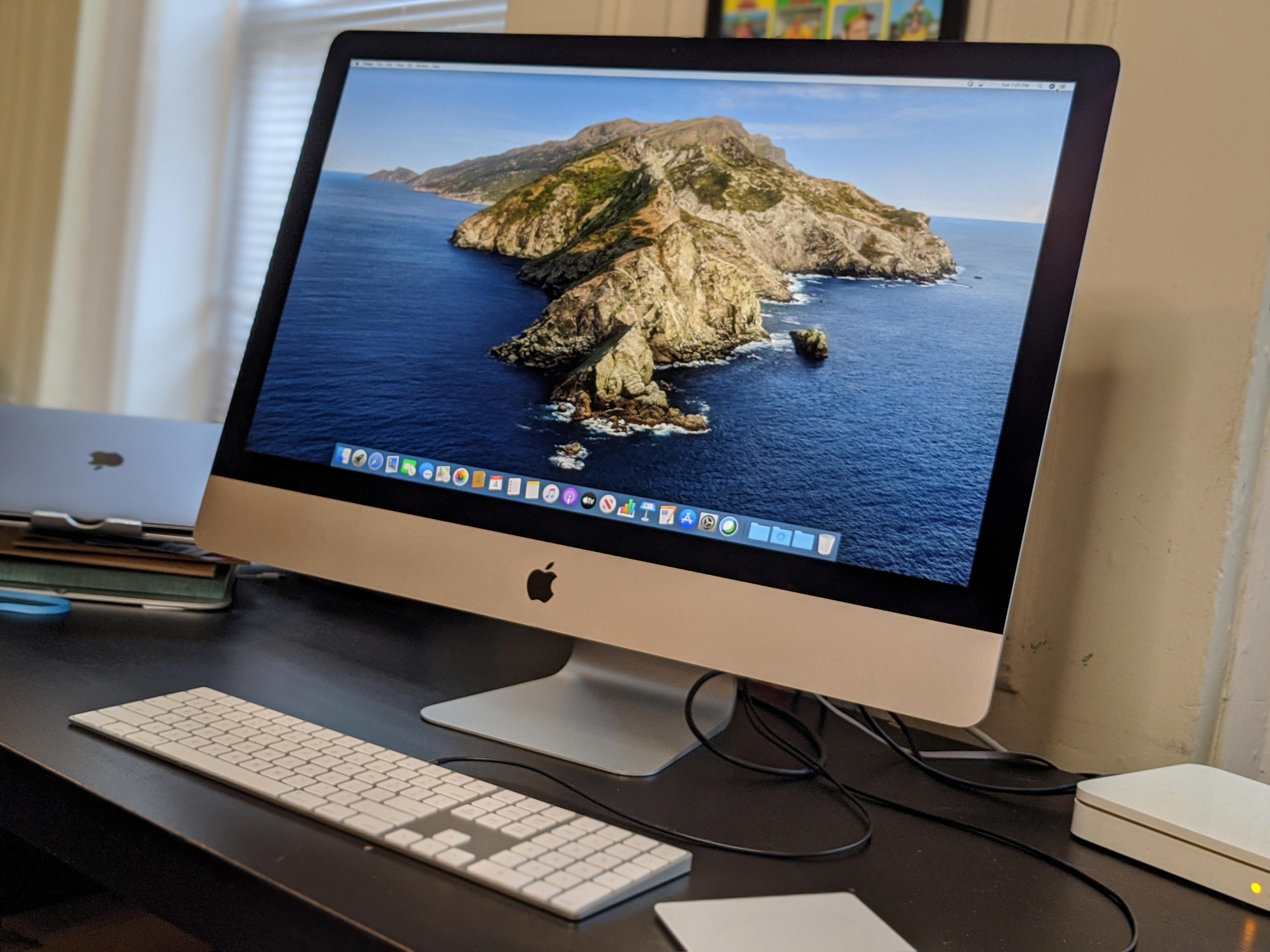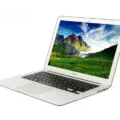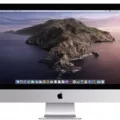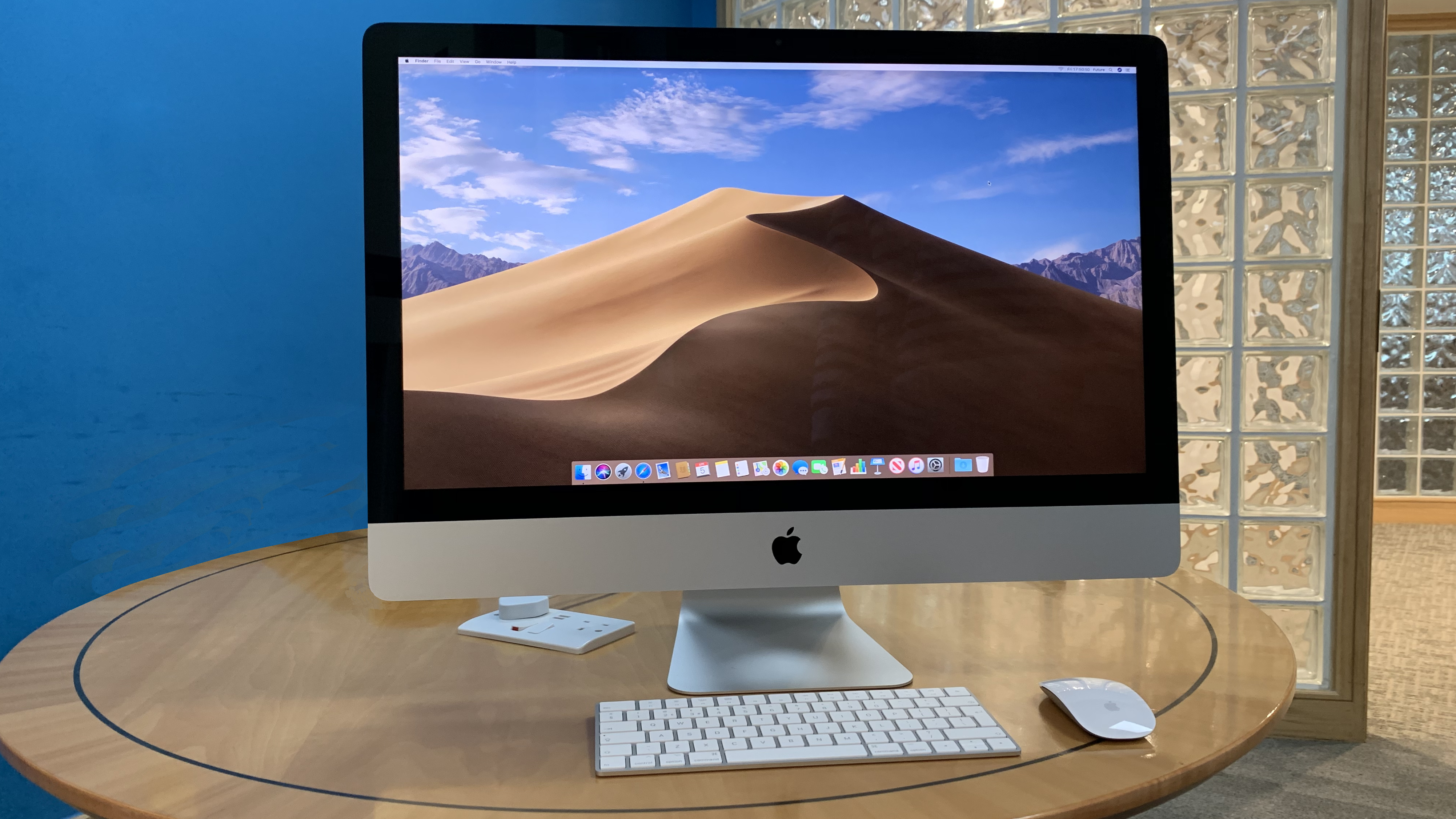Are you looking for a way to use your iMac as a monitor for your laptop? If so, you’ve come to the right place. With Target Display Mode, you can use your iMac’s large screen as a display for any Mac or Windows laptop.
To get started, first make sure that the iMac is turned off and the laptop is turned on. Next, connect the two machines using either a Mini DisplayPort or Thunderbolt cable. On the laptop side, this will usually be an HDMI port or a mini-DisplayPort. Once connected, press Command-F2 on the keyboard of the iMac to enter Target Display Mode. You should now see the desktop of your laptop being displayed on the iMac’s screen.
If you want to exit Target Display Mode, simply press Command-F2 again and it will switch back to your regular iMac desktop. Additionally, if you have an older model of iMac that doesn’t have Thunderbolt or Mini DisplayPort connections, then you may need an adapter such as Apple’s USB-C Digital AV Multiport Adapter in order to connect the two machines together.
Using your iMac as a monitor for your laptop is an excellent way to take advantage of its large display and enjoy an immersive experience while working with graphics or watching movies with friends or family members. Just remember that both computers must have compatible operating systems in order for this mode to work properly.
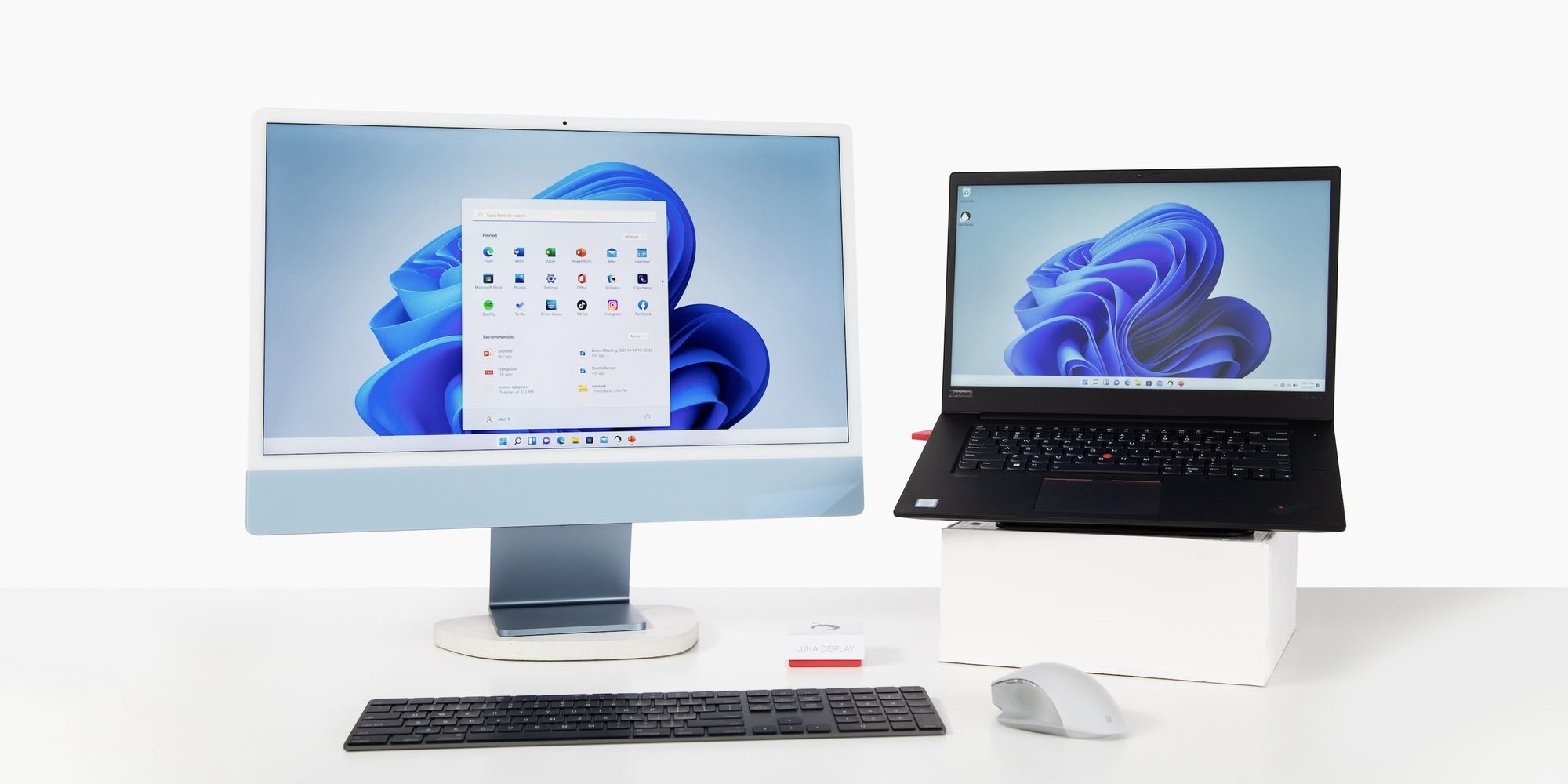
Using an iMac as a Monitor for a Windows Laptop
To use your iMac as a monitor for your Windows laptop, you’ll need to connect them via an HDMI or DisplayPort cable. First, turn off both the iMac and the Windows laptop. Then, connect one end of the cable to your Windows laptop’s HDMI or DisplayPort port and the other end to your iMac’s Thunderbolt or Mini Display port. Once connected, turn on both devices and your iMac should now be used as a display for your Windows laptop.
Using an iMac as a Screen
To use your iMac as a display for another Mac, you can use a feature called Target Display Mode. To activate this, make sure the other Mac is powered on and connected to your iMac via a Thunderbolt cable or Mini DisplayPort. Then press Command-F2 on the keyboard of the iMac. You should then see the desktop of the other Mac displayed on your iMac screen. To exit Target Display Mode, simply press Command-F2 again.
Connecting a Laptop to an iMac Using HDMI
To connect your laptop to your iMac using HDMI, you will need to use an adapter or cable depending on the type of ports your laptop has. If your laptop has a USB-C port, you can use an Apple USB-C Digital AV Multiport Adapter. This will allow you to plug one end of the adapter into the USB-C port on your laptop while connecting the other end to an HDMI cable, which can then be connected directly to your iMac’s HDMI port. If your laptop has a Mini DisplayPort, then you can use a Mini DisplayPort to HDMI adapter or cable. This will allow you to plug one end of the adapter or cable into the Mini DisplayPort on your laptop while connecting the other end directly to an HDMI port on your iMac.
Using an iMac as an External Monitor
Yes, you can use an iMac as an external monitor with Target Display Mode. To do this, you’ll need an iMac model that supports Target Display Mode (such as the 27-inch mid-2010 or later), a cable with the appropriate ports for both Macs (Mini DisplayPort or Thunderbolt) and an operating system on both Macs that is compatible with Target Display Mode (macOS Mojave 10.14.5 or later). Once you have these components, turn on both Macs and connect them to the cable. Then press Command+F2 on the keyboard of the iMac that will be used as a display to enter Target Display Mode. Your iMac should now be functioning as an external monitor for your other Mac!
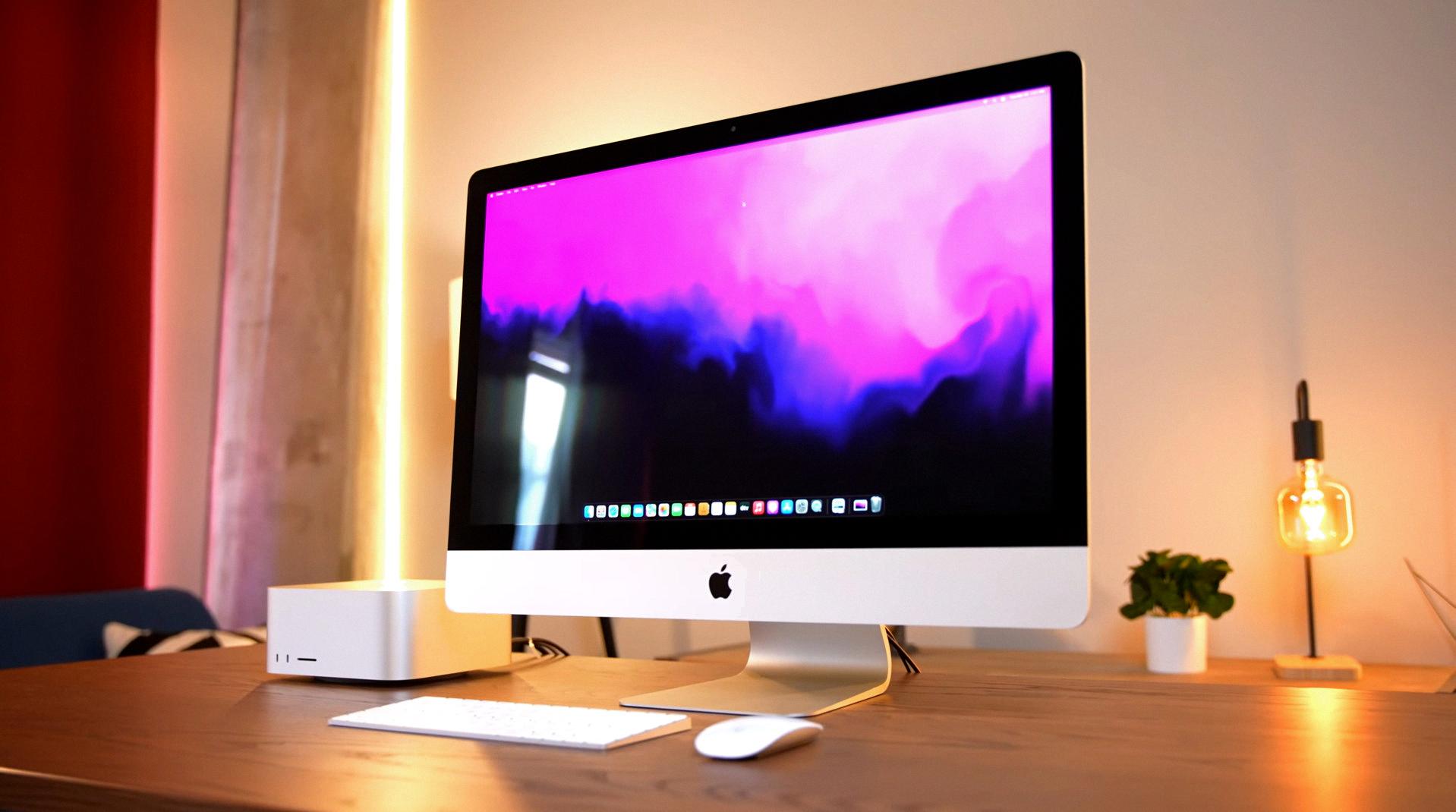
Source: notebookcheck.net
Connecting an HP Laptop to an iMac
In order to connect your HP laptop to an iMac, you will need to have a compatible cable. First, power off both your HP laptop and iMac. Then plug one end of the compatible cable into the HDMI, DisplayPort, or Thunderbolt port on your HP laptop. Finally, plug the other end of the cable into the Mini DisplayPort or Thunderbolt connector on your iMac. Once you have done this, power both devices back on and you should be able to use the iMac as a second monitor for your HP laptop.
Using an iMac as a Monitor Without Target Display Mode
Using your iMac as a monitor without target display mode is possible, but it will require you to make some changes to your setup. First, you’ll need an appropriate cable to connect the two devices – this could be an HDMI cable for newer models or a mini DisplayPort for older models. Once the cable is in place, head over to your Mac’s System Preferences and select ‘Displays’. From there, you should see both the iMac and the other device listed. Select the one you want to use as a monitor and make sure that it’s set as either ‘Mirror Displays’ or ‘Extend Desktop’. This will allow you to use both devices simultaneously as separate displays.
Using an iMac as a Second Monitor Without Cable
Using your iMac as a second monitor without cables is possible with Apple’s AirPlay technology. AirPlay allows you to wirelessly mirror your Mac’s display to another Mac, or even a compatible television. Here’s how to get started:
1. On the Mac you want to use as a second monitor, open System Preferences, then click Sharing.
2. Check the box next to “AirPlay Receiver” in the left panel.
3. Choose who can connect to this iMac with AirPlay.
4. On the Mac you want to use as the primary display, open System Preferences and select Displays.
5. Click on the AirPlay Display dropdown menu at the bottom of the window and select your iMac from the list of available displays.
6. Your iMac will now act as a second monitor for your primary Mac, allowing you to extend or mirror your desktop across both devices!
Conclusion
In conclusion, the iMac is an excellent device for both casual and professional use. It offers a range of features such as its high-resolution Retina display, powerful processor, and multiple ports for connecting external devices. With its Target Display Mode feature, you can easily connect two Macs together, allowing you to use one as a display for the other. The iMac is a great choice for anyone looking for an all-in-one computing experience.

